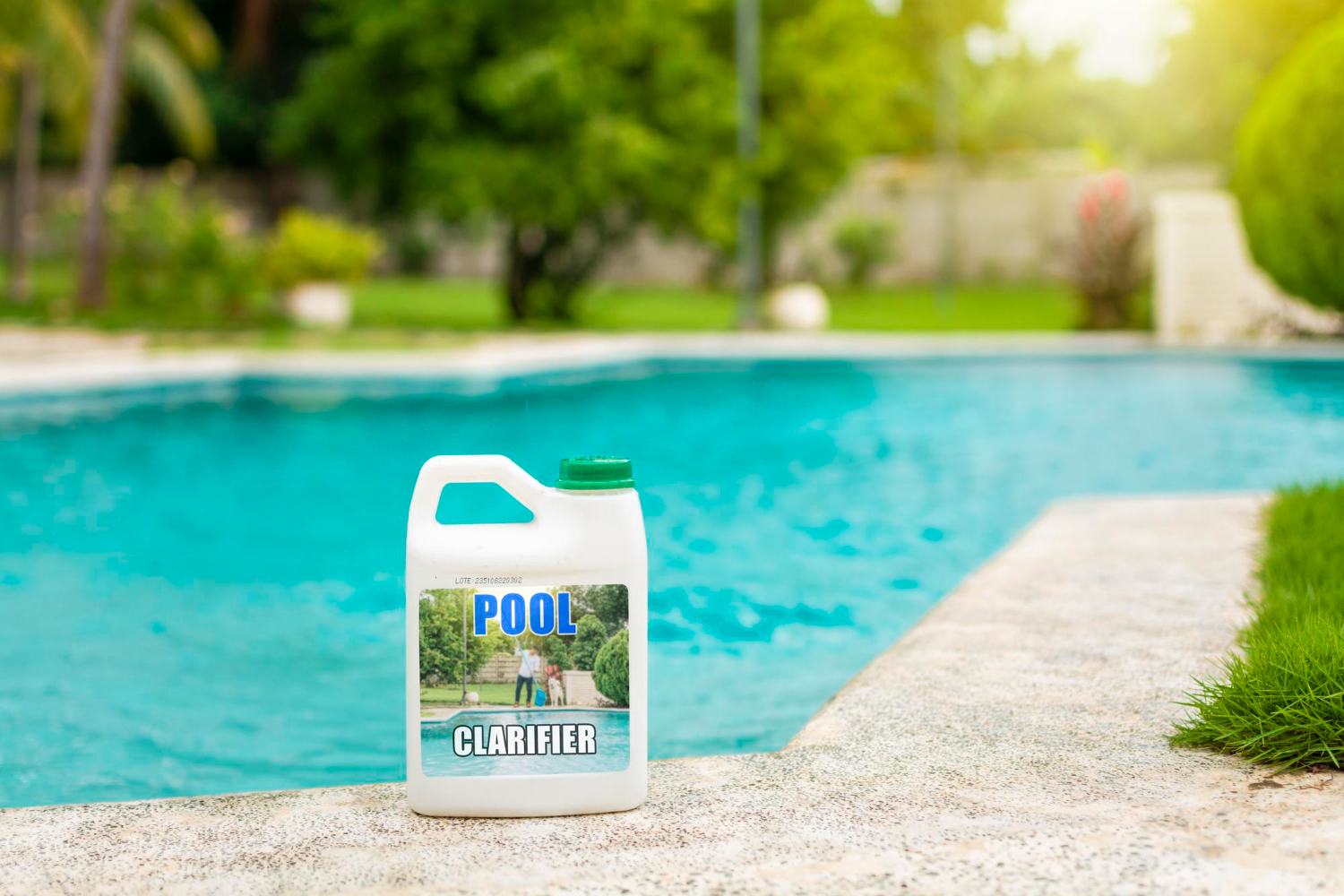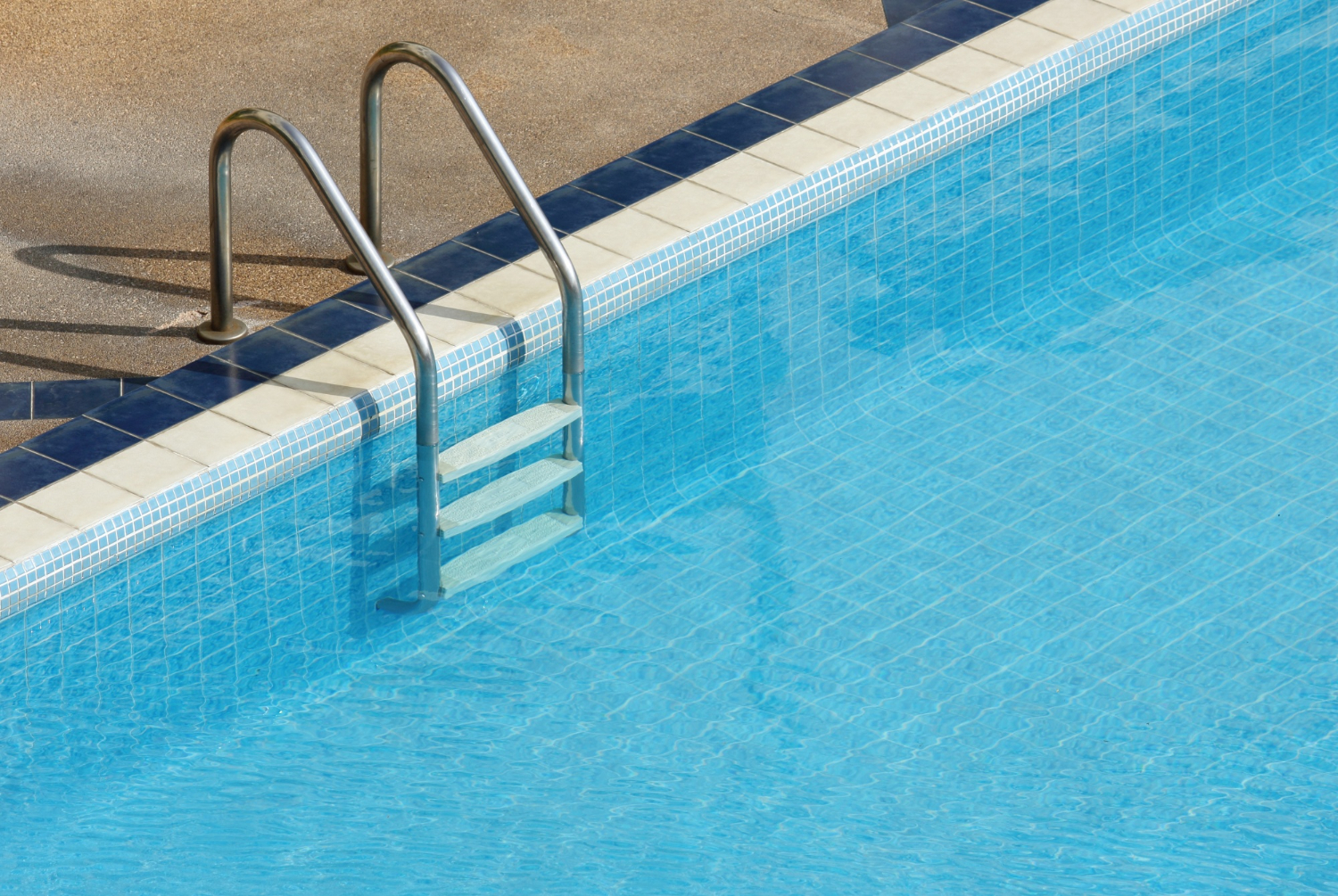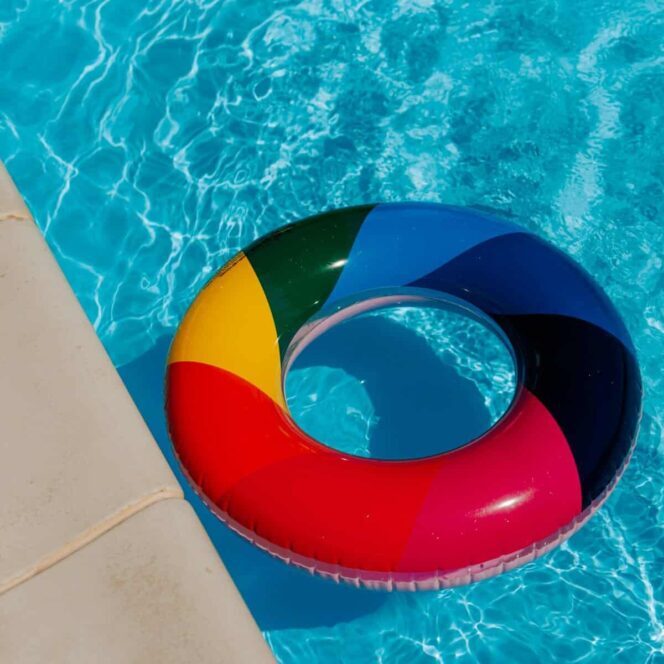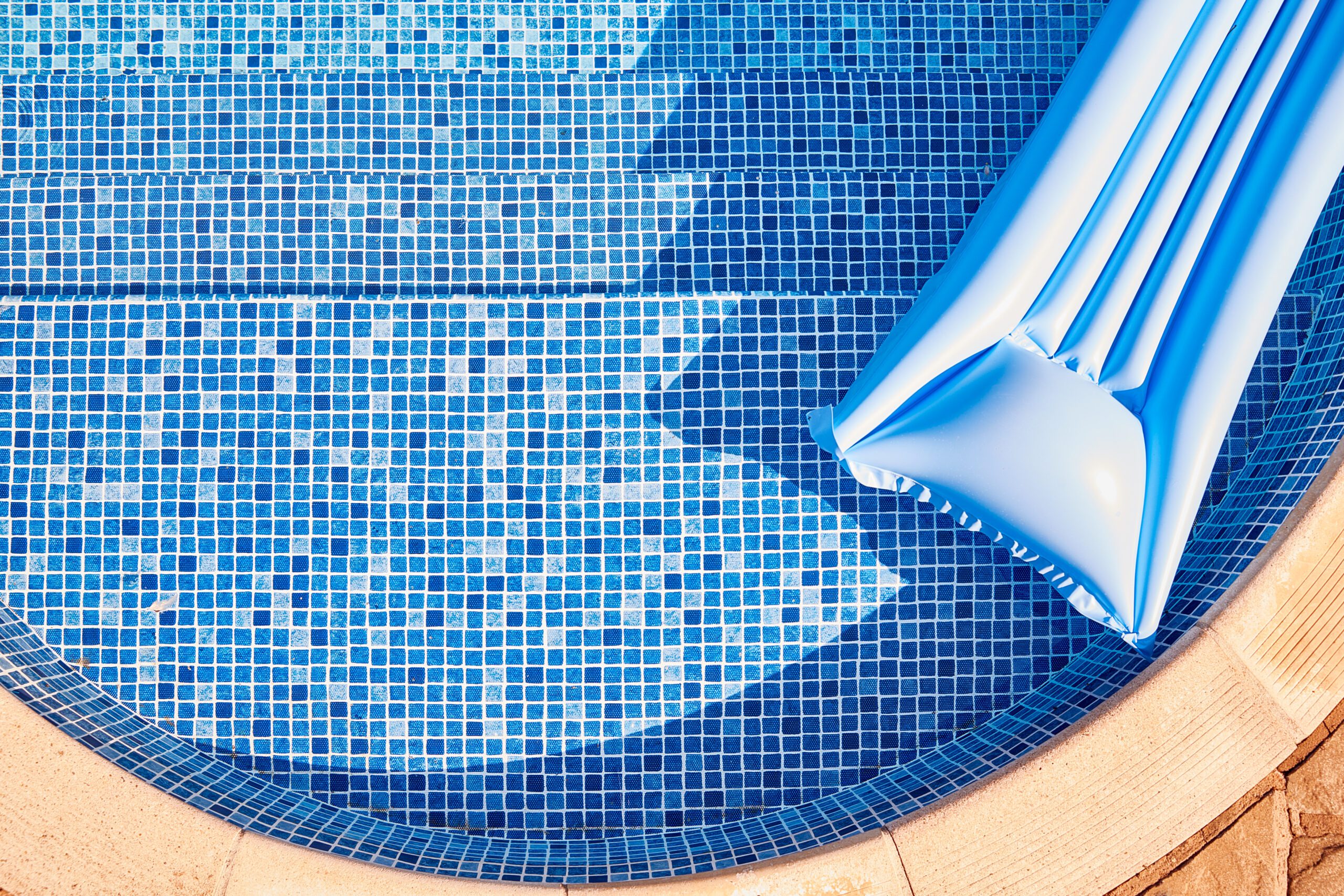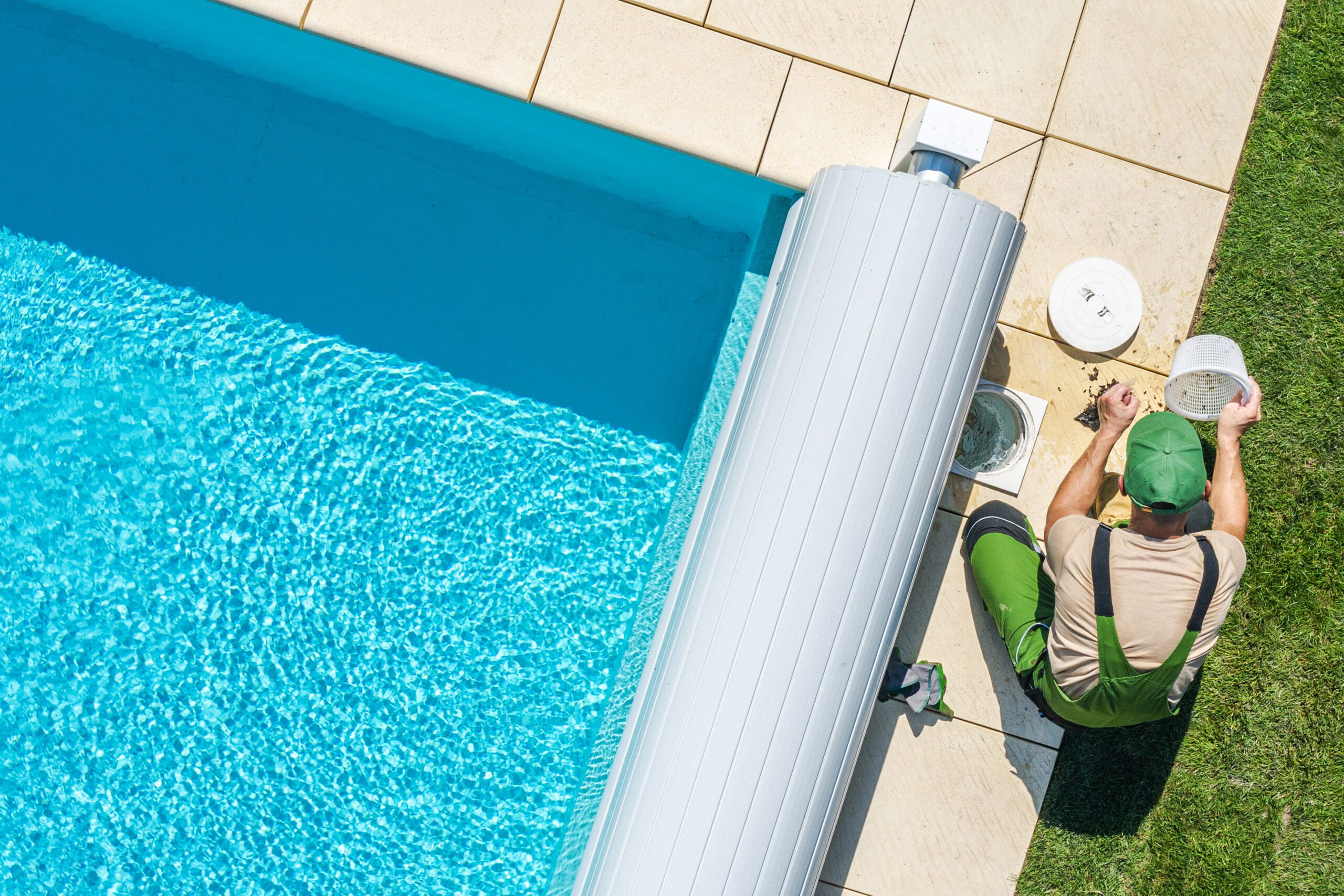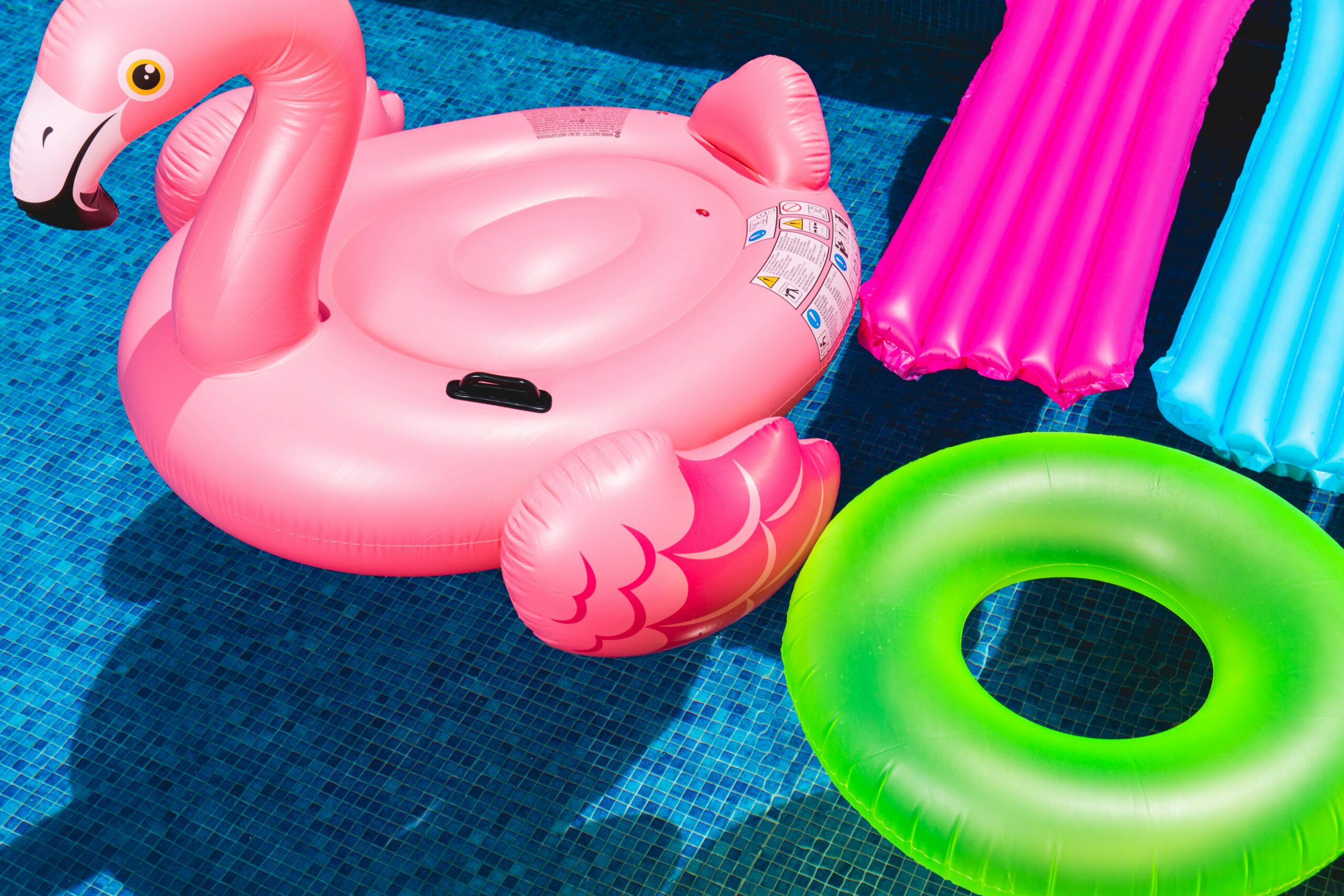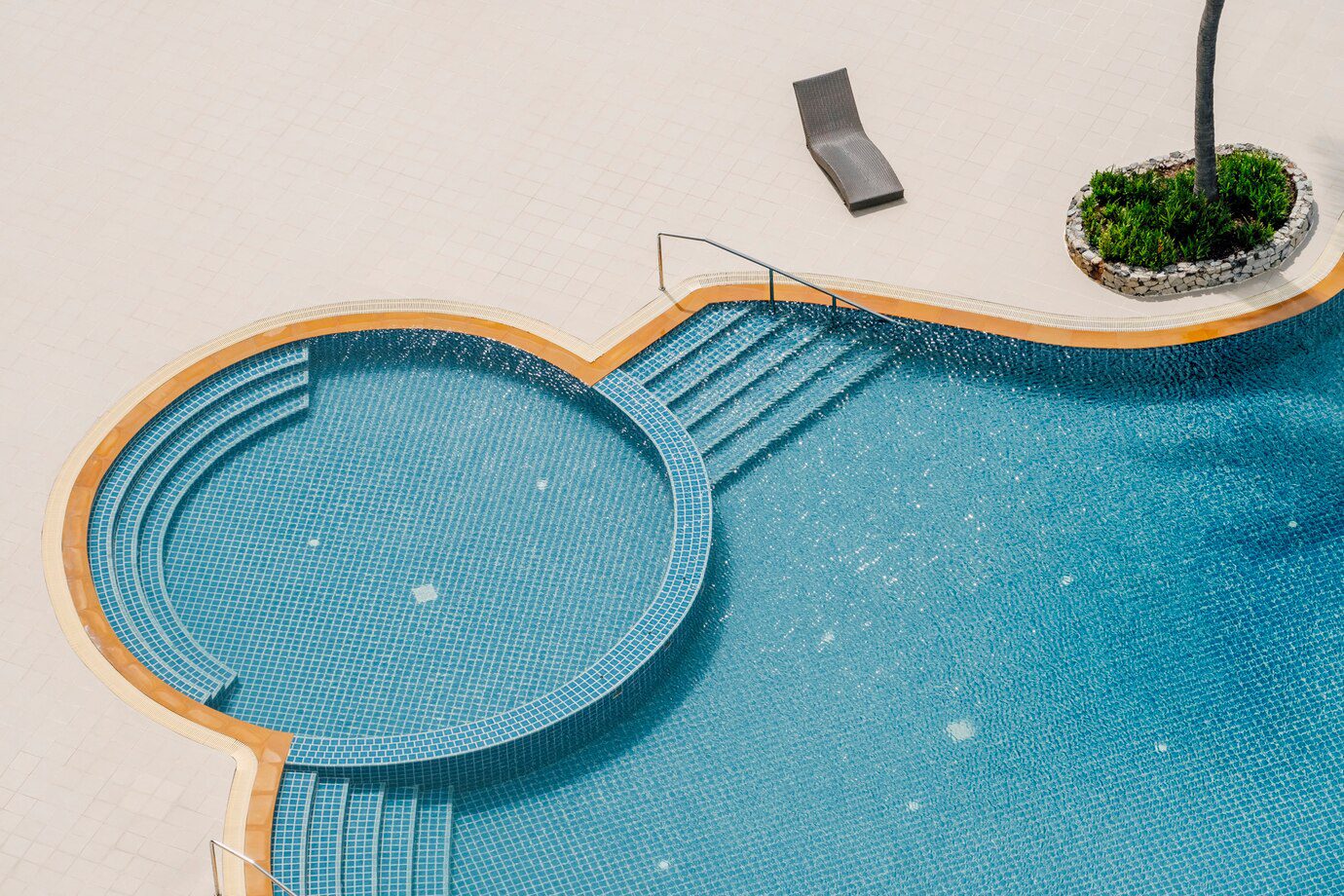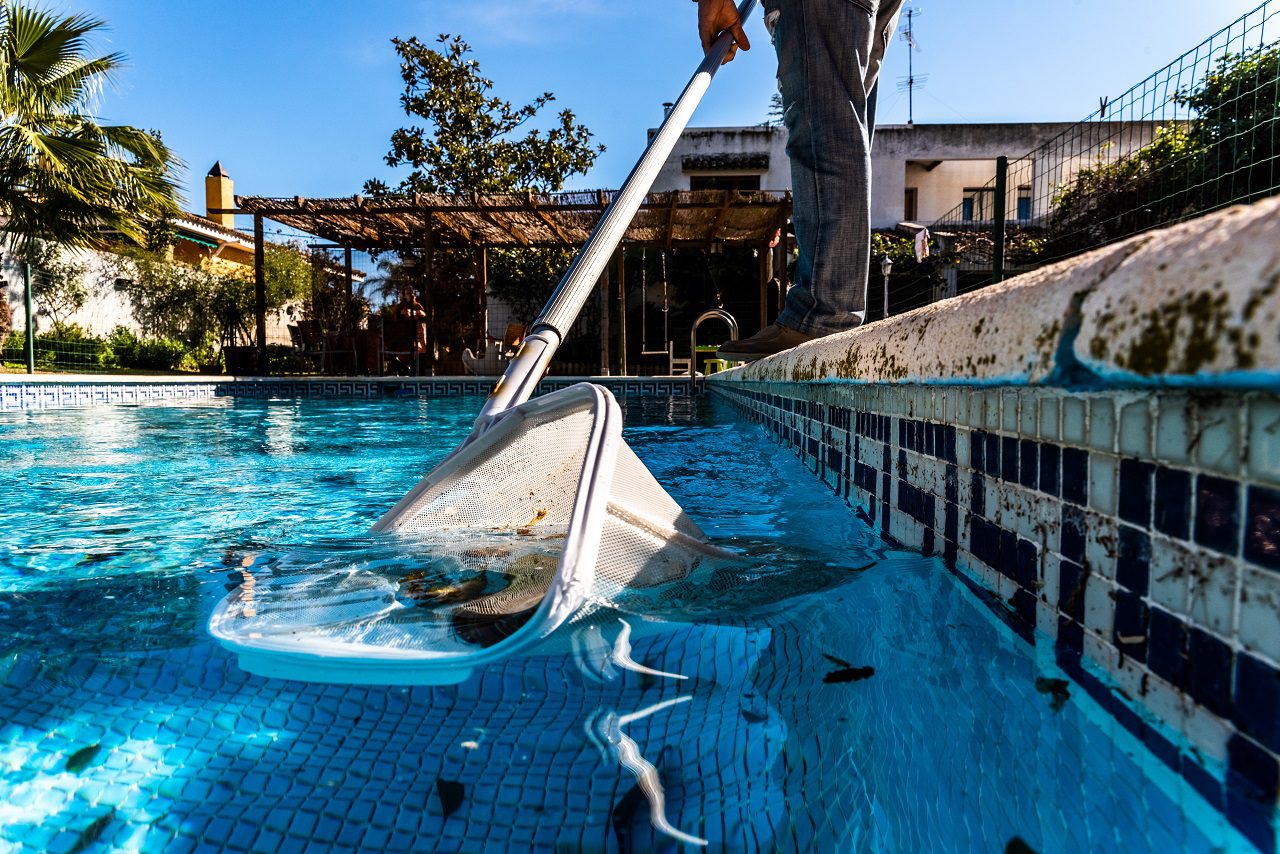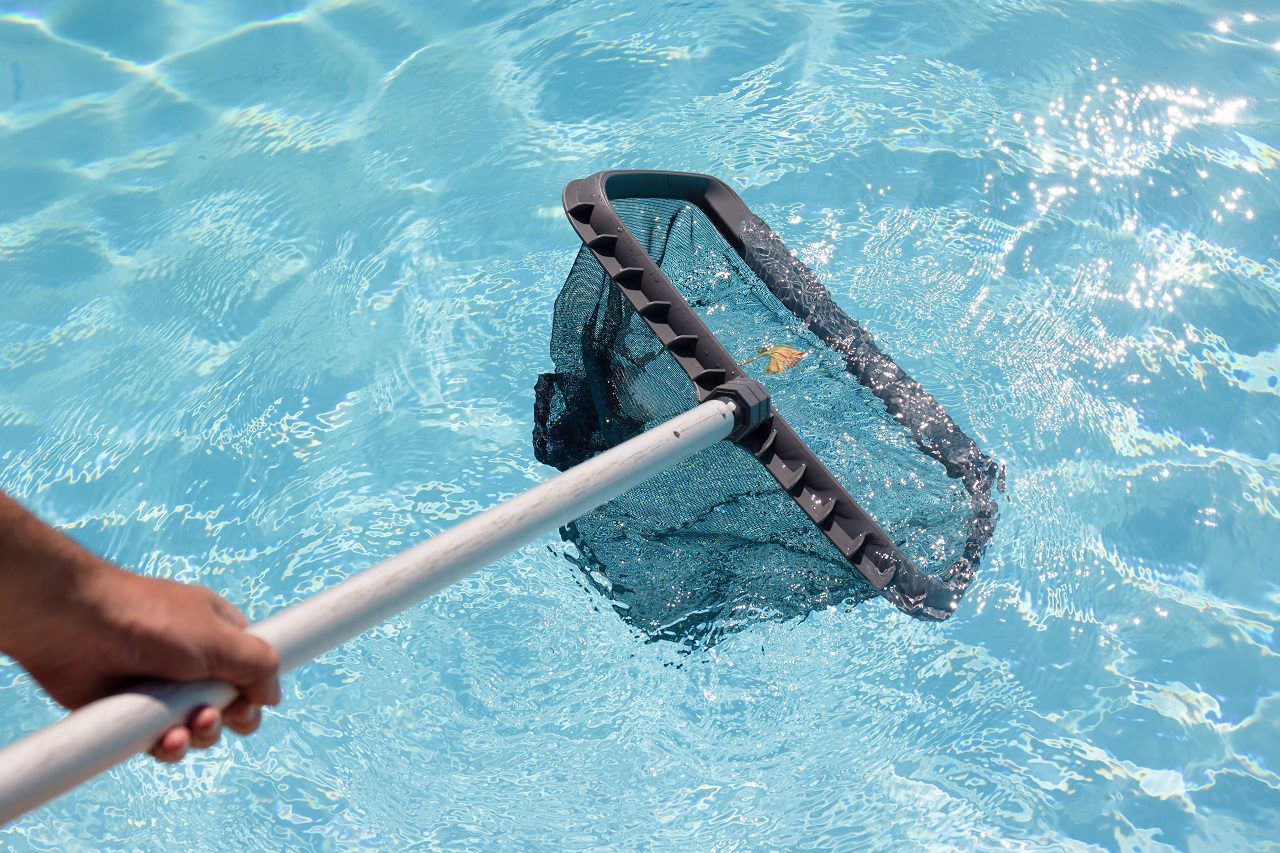Having a pool in your backyard is a luxury that comes with the responsibility of keeping the water clean and safe. One of the most important aspects of pool maintenance is managing the chemicals needed to ensure your pool stays in great shape. This guide will help you understand the different types of pool chemicals and how to use them effectively.
Knowing which chemicals to use can be confusing for beginners. There are various chemicals that serve different purposes, from keeping the water clear to maintaining the right pH levels. In this article, we’ll break down the basic pool chemicals you need, how to test and balance your pool water, and tips for handling and storing these chemicals safely.
Understanding the Basics of Pool Chemicals
Understanding the basics of pool chemicals is the first step in maintaining a clean and safe swimming environment. Pool chemicals perform various functions that are essential for water quality and safety.
1. Chlorine: Chlorine is probably the most well-known pool chemical. It’s used to kill bacteria and fight algae. Chlorine comes in several forms, including tablets, liquid, and granular. The goal is to keep the chlorine level in your pool between 1.0 and 3.0 parts per million (ppm) to ensure the water remains clear and safe.
2. pH Balancers: The pH level of your pool water measures how acidic or basic it is. A balanced pH ensures that the chlorine works effectively. The ideal pH range for pool water is between 7.2 and 7.6. If the pH is too low, the water is too acidic, which can irritate eyes and skin and corrode pool equipment. If it’s too high, the water is too basic and can cause scaling and cloudy water. pH increasers (like soda ash) and pH decreasers (like muriatic acid) help maintain the proper balance.
3. Alkalinity Adjusters: Total alkalinity is a measure of the water’s ability to resist changes in pH. High alkalinity stabilizes the pH level and prevents fluctuations. The recommended range for total alkalinity is between 80 to 120 ppm. Use sodium bicarbonate to increase alkalinity if it’s low and muriatic acid to lower it if it’s too high.
4. Calcium Hardness: Calcium hardness measures the concentration of calcium in your pool water. It’s important because low calcium levels can corrode pool surfaces and equipment, while high levels can lead to scaling. The ideal range for calcium hardness is between 200 to 400 ppm. Calcium increaser products are available to raise low calcium hardness.
By understanding these basic chemicals and their functions, you get a solid foundation for keeping your pool in perfect condition.
Key Chemicals for Pool Maintenance
Keeping your pool water balanced and clean involves using several key chemicals. Here’s a list of the main ones you’ll need for routine maintenance:
1. Sanitizers: Sanitizers like chlorine and bromine keep your pool water free of harmful microorganisms. Regularly test and adjust sanitizer levels to ensure effective disinfection.
2. pH Increasers and Decreasers: As mentioned, these chemicals help maintain the pH balance. Soda ash (sodium carbonate) is used to raise pH levels, while muriatic acid or sodium bisulfate can lower them.
3. Algaecides: Algaecides help prevent and control algae growth. They come in various types, including copper-based and non-copper-based algaecides. Use them as part of your regular maintenance to keep algae at bay.
4. Clarifiers and Flocculants: Clarifiers are used to clear cloudy water by causing small particles to clump together, making it easier for the filter to remove them. Flocculants, on the other hand, make larger clumps that sink to the bottom, making it easier to vacuum them out.
5. Shock Treatments: Shocking your pool involves adding a large dose of chlorine (or a non-chlorine shock) to the water to break down organic contaminants. This is typically done weekly or after heavy pool use to maintain water clarity and hygiene.
6. Stain and Scale Preventers: These chemicals help prevent staining and scaling on your pool surfaces caused by metals and minerals in the water. They are particularly useful if your water source has a high metal content.
By using these key chemicals as part of your regular pool maintenance routine, you can keep your pool water sparkling clean and safe for swimming.
How to Test and Balance Pool Water
Testing and balancing your pool water is crucial for maintaining a safe and pleasant swimming environment. Regular testing helps you ensure that the chemical levels are within the recommended ranges.
To test your pool water, you can use test strips or a liquid test kit. Both methods are easy and give reliable results when used correctly. Here’s how you can test and balance your pool water:
1. Test Strips: These are simple to use. Dip a test strip into the water and compare the colors on the strip to the chart provided. Test for chlorine, pH, alkalinity, and calcium hardness.
2. Liquid Test Kits: These kits involve adding pool water to small vials and then adding drops of a reagent. The water changes color, and you match the color to a chart.
Once you’ve tested the water, you can adjust the chemical levels as needed:
– If the chlorine is too low, add more chlorine. If it’s too high, let the pool sit and allow the levels to drop naturally.
– For pH levels, add pH increaser if the pH is too low or pH decreaser if it’s too high.
– To adjust alkalinity, use baking soda to increase it or muriatic acid to decrease it.
– For calcium hardness, add a calcium increaser if levels are too low. If it is too high, partially drain and refill the pool with fresh water.
Tips for Safe Handling and Storage of Pool Chemicals
Properly handling and storing pool chemicals is essential for safety. These chemicals can be dangerous if not managed correctly, so following safety guidelines is important.
1. Read Labels Carefully: Each chemical comes with specific instructions on how to use it safely. Always read these labels and follow the recommended guidelines.
2. Wear Protective Gear: When handling chemicals, wear gloves and safety goggles to protect your skin and eyes. Some chemicals can cause burns or other injuries.
3. Store Chemicals Separately: Pool chemicals should be stored in a cool, dry place away from direct sunlight and moisture. Keep them in their original packaging, and never mix different chemicals together.
4. Keep Away from Children and Pets: Store chemicals out of reach of children and pets to prevent accidental ingestion or contact.
5. Use Proper Containers: Only use containers that are designed to hold pool chemicals. Do not transfer chemicals into other containers, especially those that have food or drinks in them.
6. Ventilate the Area: When adding chemicals to your pool, do it in a well-ventilated area to avoid inhaling fumes.
By following these tips, you can handle and store pool chemicals safely, reducing the risk of accidents.
Conclusion
Maintaining your pool with the right chemicals ensures that it stays clean, safe, and enjoyable to use. By understanding the basics of pool chemicals, knowing which key chemicals to use, regularly testing and balancing the water, and safely handling and storing these chemicals, you can keep your pool in top condition all year long.
For all your pool chemical needs and expert advice, we are here to help. At Cincinnati Pool & Patio, we offer everything you need to maintain your backyard oasis. Browse our collection of pool supplies in Cincinnati, Ohio today, and let us help you keep your pool pristine and inviting.


